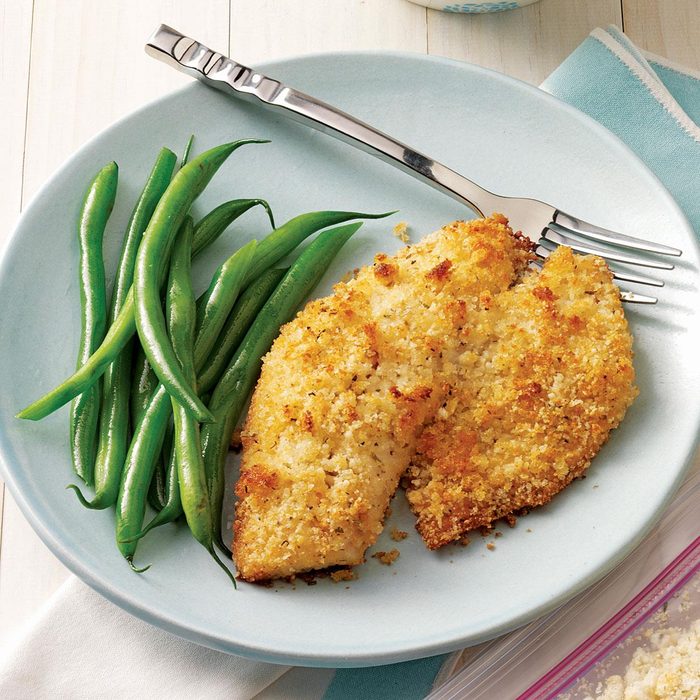Home Recipes Techniques Baking Casseroles & Savories
Breaded Baked Tilapia
Prep/Total Time: 20 min.
4 servings
Updated: Jun. 30, 2023
So much flavor…so few ingredients! A quick and easy crumb coating makes this yummy tilapia recipe ideal for busy weeknights. Try the breading on cod for a change of pace. —Brandi Castillo, Santa Maria, California




















